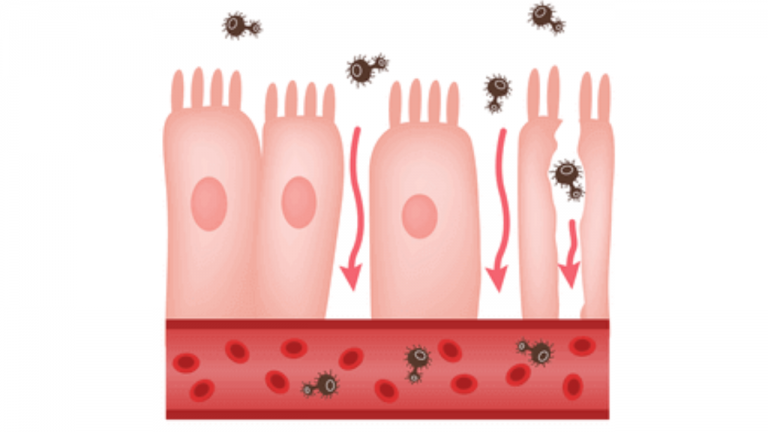What is End Toxemia? Causes, symptoms and treatment options

“End toxemia” is not a recognized medical term or condition. It seems to be a combination of two terms: “endotoxemia” and “toxemia.” Let’s clarify these terms:
Endotoxemia: Endotoxemia refers to the presence of endotoxins, which are toxins released by certain types of bacteria, in the bloodstream. Endotoxins are typically found in the outer membrane of Gram-negative bacteria. When the bacterial cell is disrupted or destroyed, endotoxins can be released, potentially leading to an immune response and systemic inflammation. Endotoxemia can occur in severe infections or conditions such as sepsis.
Toxemia: Toxemia, also known as “toxemia,” is a general term that refers to the presence of toxins in the bloodstream. It can be caused by various factors, including infections, certain medical conditions, or exposure to toxic substances. The specific symptoms and treatment options for toxemia would depend on the underlying cause.
It’s important to note that both endotoxemia and toxemia are serious medical conditions that require appropriate diagnosis and treatment by qualified healthcare professionals. If you suspect you or someone else may be experiencing symptoms related to systemic toxicity or a bloodstream infection, it is crucial to seek immediate medical attention.
The symptoms and treatment options for these conditions can vary widely depending on the underlying cause, severity, and individual factors. Only a healthcare provider can evaluate the specific situation, conduct appropriate diagnostic tests, and recommend the most appropriate treatment plan.



